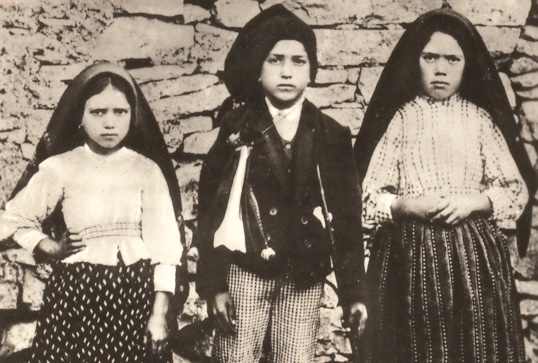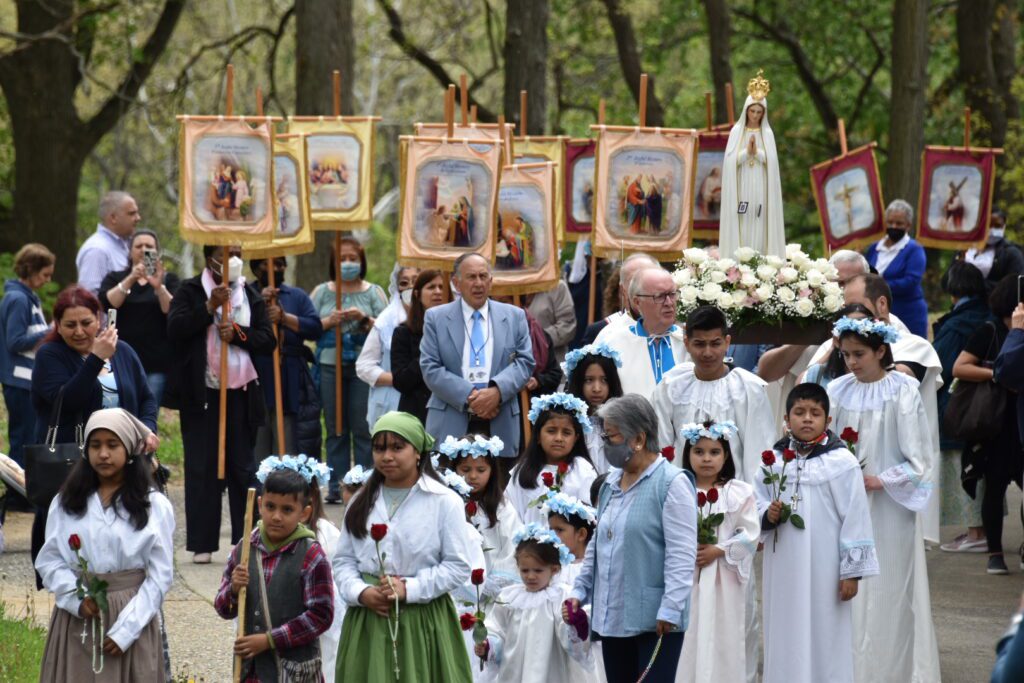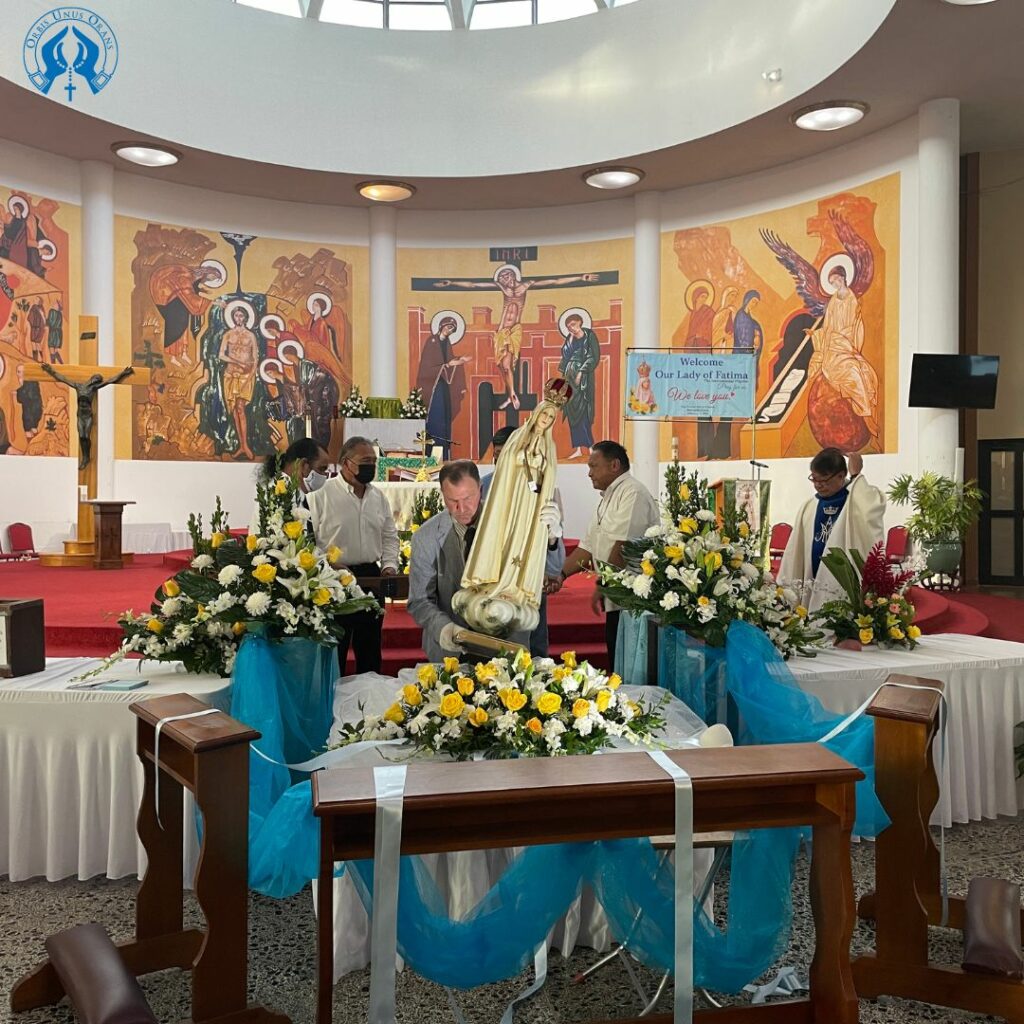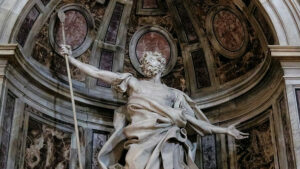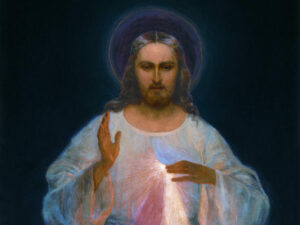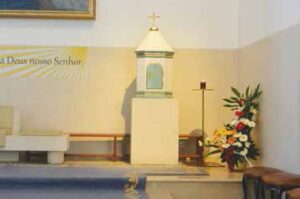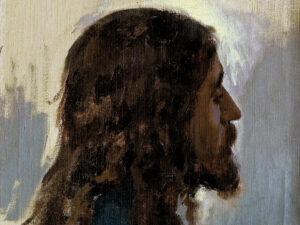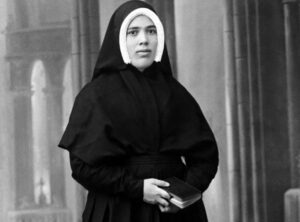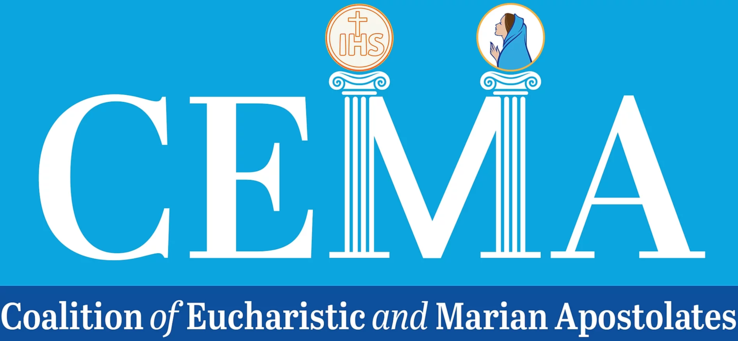by Mark Moran –


The importance of Fatima to both the West and the East can never be underemphasized. Yet, within many circles in the East, there is a perception that Fatima and the Rosary is a Western-only apparition, with no bearing on the Universal Church. In fact, some Eastern Catholics see the Rosary itself as a Latinization that waters down the rich Marian traditions of the East.
These assertions and fears are not well-founded, but do point to a real perception that the Church faces in spreading the message of Fatima. Our Lady did not visit the children to say, ‘Pray the Rosary, but only in the West.’ She came to the Universal Church proclaiming the necessity of the Rosary for all.
The historical reality is that the message of Fatima originated in the East, at Hrushiv, Ukraine, in 1914, when Our Lady appeared on May 12, two weeks before the outbreak of World War I, to 22 people who were mowing the fields. There Our Lady emphasized the threat of war, the dangers of Russia and subsequent sufferings of Ukraine, and later, the importance of the Rosary to fight this evil. This message would find its fulfillment three years later at Fatima, where again Our Lady stressed the threat of war, the dangers of Russia to the world and the importance of the Rosary.
In emphasizing this historical reality to the East, the Pilgrim Virgin Icon of Our Lady of Fatima has been instituted and commissioned to bring the message of Fatima to Eastern Churches, both Catholic and Orthodox. Blessed by Bishop Bohdan Danylo of the Ukrainian Eparchy of Parma on March 4, 2018, the icon has been directly blessed by an Eastern See to fulfill its mission.
The image of Our Lady as an icon is the best way to connect Fatima and Eastern traditions. In the East, icons have always been the expression of choice among sacramentals. Unlike statues, icons are special paintings on wood. They express ideas through a rich symbolic theology that does not adhere to realism found in Western paintings, but instead adheres more to symbolism. The icon itself is a prayer offered by the iconologist that is written and offered through fasting.
The Pilgrim Virgin Icon of Our Lady of Fatima shares the same deep spirituality and common iconic themes. Written by California iconographer, Vivian Imbruglia, the icon captures many spiritual themes of Fatima and is inspired by the International Pilgrim Virgin Statue of Fatima, which is under the custody of the World Apostolate of Fatima USA. Imbruglia captured the expressions found in the famous and miraculous statue and transferred them into the face of the icon itself.
The overall image of our Lady of Fatima is done in classic Eastern iconography, with the Byzantine folds of her gown and mantle. However, the softness of her face represents a more Ukrainian style than the sterner Greek style found in other icons.
Surrounding the face of Our Lady is a halo in 24k gold paint outlined with twelve stars, representing the Twelve Apostles. The Star of David is depicted at her feet and above her is the image of her Son, Jesus, who looks down from heaven, blessing her and the message of Fatima. Christ is surrounded by gold while Our Lady is surrounded by blue, indicating the difference between heaven and earth. Below Our Lady are three doves, representing both the Holy Trinity and the miracle of the doves. The miracle of the doves refers to the famous story of the very first Pilgrim Virgin Statue pilgrimage from Fatima to Lisbon in 1946, when three doves flew to the feet of Our Lady in the village of Bombarral outside Lisbon and kept vigil there until the pilgrimage and ceremonies at Fatima were complete. The Bishop of Leiria declared, “These doves are symbolic of the theological virtues…faith, hope and charity.”
Numerous images surrounding Our Lady capture the classic Eastern way of storytelling found perfectly in icons. The theology of the icon is able to portray important symbols regarding the mission and story of the image. Mary, the Theotokos, is the central figure of the icon and naturally becomes the primary presence found in it. But if one looks closely, there are a variety of other messages related to Fatima found in the icon.
First, one can see two churches on each side of Our Lady. On the western side of Our Lady is St Peter’s Basilica in Rome, while on the Eastern side is the Hagia Sophia, once the center of Orthodox Christianity in Instanbul. The two represent the entire Apostolic Church of Christ, both East and West, and the equal importance of Fatima to both Churches. Our Lady is holding a gold rosary spread over both churches, emphasizing the desire for reunification and unity among them.
Second, on the mountains behind the churches are two trees. On the Western side is the Portuguese cork tree of Fatima and on the Eastern side, the weeping willow of Hrushiv, which were beneath the apparitions of Our Lady. The trees emphasize the importance these nations played in the message of Fatima.
Finally, above the mountains is a representation of the miracle of the sun, seen as a golden globe that dances from West to East.
Fatima and the message of this icon has never been more important. Our Lady seeks unity among the Churches and in that unity, she asks that all Christians pray the Rosary for the conversion of sinners and the conversion of Russia.


